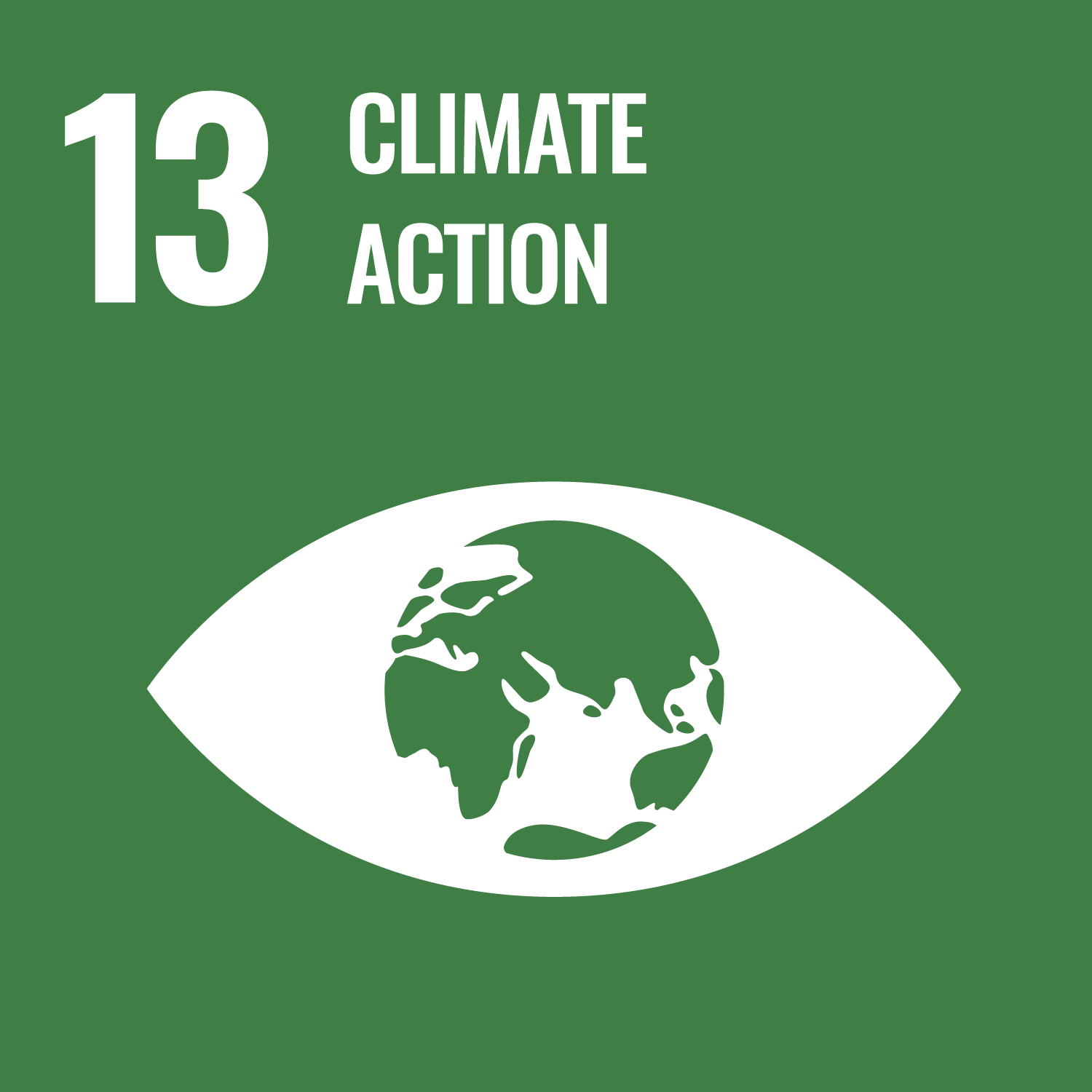Beerling, D.J. orcid.org/0000-0003-1869-4314, Kantzas, E.P. orcid.org/0000-0002-7610-1874, Lomas, M.R. et al. (18 more authors) (2025) Transforming US agriculture for carbon removal with enhanced weathering. Nature, 638. pp. 425-434. ISSN 0028-0836
Abstract
Enhanced weathering (EW) with agriculture uses crushed silicate rocks to drive carbon dioxide removal (CDR)1,2. If widely adopted on farmlands, it could help achieve net-zero emissions by 20502,3,4. Here we show, with a detailed US state-specific carbon cycle analysis constrained by resource provision, that EW deployed on agricultural land could sequester 0.16–0.30 GtCO2 yr−1 by 2050, rising to 0.25–0.49 GtCO2 yr−1 by 2070. Geochemical assessment of rivers and oceans suggests effective transport of dissolved products from EW from soils, offering CDR on intergenerational timescales. Our analysis further indicates that EW may temporarily help lower ground-level ozone and concentrations of secondary aerosols in agricultural regions. Geospatially mapped CDR costs show heterogeneity across the USA, reflecting a combination of cropland distance from basalt source regions, timing of EW deployment and evolving CDR rates. CDR costs are highest in the first two decades before declining to about US$100–150 tCO2−1 by 2050, including for states that contribute most to total national CDR. Although EW cannot be a substitute for emission reductions, our assessment strengthens the case for EW as an overlooked practical innovation for helping the USA meet net-zero 2050 goals5,6. Public awareness of EW and equity impacts of EW deployment across the USA require further exploration7,8 and we note that mobilizing an EW industry at the necessary scale could take decades.
Metadata
| Item Type: | Article |
|---|---|
| Authors/Creators: |
|
| Copyright, Publisher and Additional Information: | © The Author(s) 2025. This article is licensed under a Creative Commons Attribution 4.0 International License, which permits use, sharing, adaptation, distribution and reproduction in any medium or format, as long as you give appropriate credit to the original author(s) and the source, provide a link to the Creative Commons licence, and indicate if changes were made. The images or other third party material in this article are included in the article’s Creative Commons licence, unless indicated otherwise in a credit line to the material. If material is not included in the article’s Creative Commons licence and your intended use is not permitted by statutory regulation or exceeds the permitted use, you will need to obtain permission directly from the copyright holder. To view a copy of this licence, visit http://creativecommons.org/licenses/by/4.0/. |
| Keywords: | Carbon cycle; Climate and Earth system modelling |
| Dates: |
|
| Institution: | The University of Sheffield |
| Academic Units: | The University of Sheffield > Faculty of Science (Sheffield) > School of Biosciences (Sheffield) |
| Depositing User: | Symplectic Sheffield |
| Date Deposited: | 14 Feb 2025 16:45 |
| Last Modified: | 20 Feb 2025 09:59 |
| Status: | Published |
| Publisher: | Springer Science and Business Media LLC |
| Refereed: | Yes |
| Identification Number: | 10.1038/s41586-024-08429-2 |
| Related URLs: | |
| Sustainable Development Goals: | |
| Open Archives Initiative ID (OAI ID): | oai:eprints.whiterose.ac.uk:223303 |


 CORE (COnnecting REpositories)
CORE (COnnecting REpositories) CORE (COnnecting REpositories)
CORE (COnnecting REpositories)